Home>Maintenance & Safety>Child & Elderly Safety at Home>What Are The Height And Weight Requirements For A Booster Seat
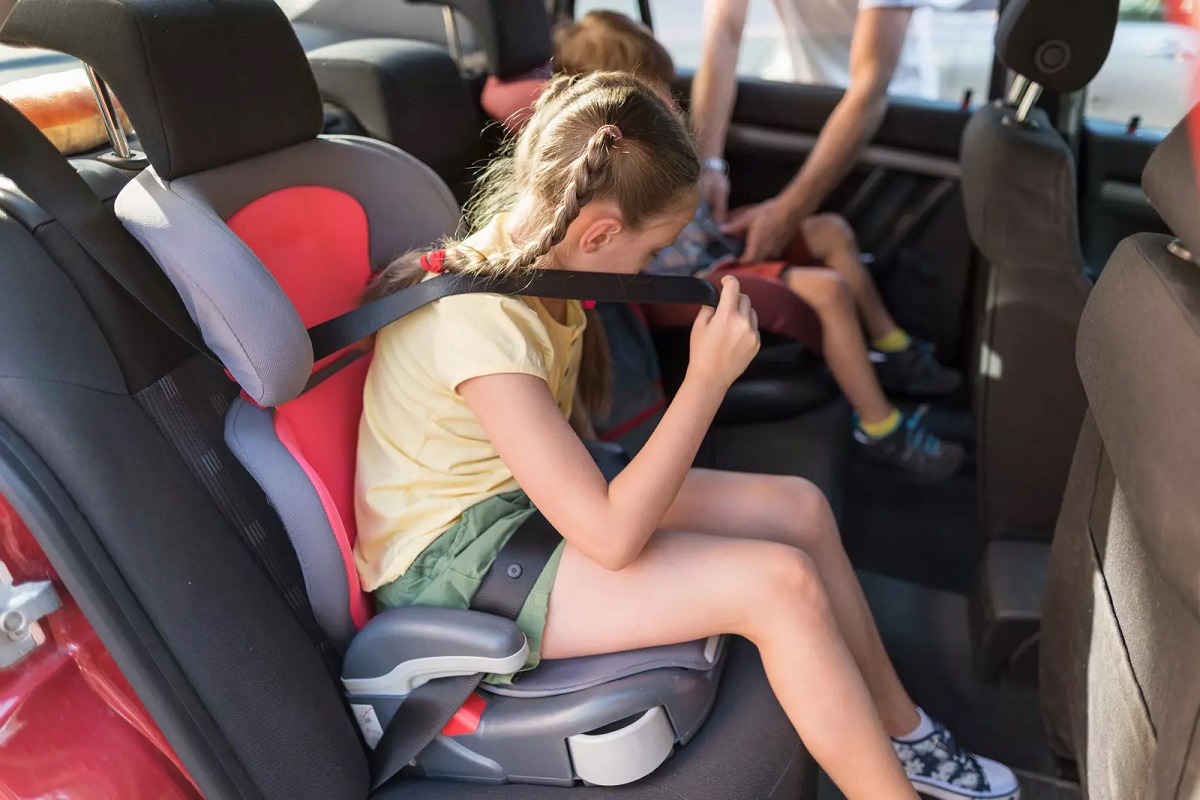

Child & Elderly Safety at Home
What Are The Height And Weight Requirements For A Booster Seat
Modified: February 29, 2024
Learn about the height and weight requirements for booster seats to ensure child and elderly safety at home. Find out the guidelines and best practices.
(Many of the links in this article redirect to a specific reviewed product. Your purchase of these products through affiliate links helps to generate commission for Storables.com, at no extra cost. Learn more)
Introduction
Ensuring the safety of children and elderly individuals at home is a top priority for families and caregivers. One crucial aspect of this safety is the proper use of booster seats, which are designed to provide additional protection for children who have outgrown their forward-facing car seats. Understanding the height and weight requirements for booster seats is essential for safeguarding the well-being of young passengers during car rides. By adhering to these guidelines, caregivers can significantly reduce the risk of injury in the event of a collision or sudden stop.
Properly securing a child in a booster seat is not only a matter of compliance with legal regulations but, more importantly, a fundamental measure for ensuring their safety. As children grow, their physical development varies, and it is crucial to select a booster seat that aligns with their specific height and weight. By doing so, caregivers can provide the necessary support and protection to keep children safe while traveling in vehicles.
Understanding the height and weight requirements for booster seats is not only a legal obligation but also a moral responsibility. It is a proactive approach to safeguarding the well-being of children and elderly individuals, ensuring that they are adequately protected in the event of an accident. By delving into the specifics of these requirements, caregivers can make informed decisions when selecting the most suitable booster seat for their loved ones.
In the following sections, we will explore the height and weight requirements for booster seats in detail, emphasizing the importance of meeting these criteria and providing valuable tips for choosing the right booster seat. Let's delve into this essential aspect of child and elderly safety, empowering caregivers with the knowledge they need to make informed decisions and prioritize the well-being of their loved ones.
Key Takeaways:
- Prioritize safety by choosing a booster seat that matches the child’s height and weight. This ensures proper seat belt positioning and reduces the risk of injury during car rides.
- Look for adjustable, side-impact protected, and easy-to-install booster seats to keep children safe and comfortable on every journey.
Height Requirements for a Booster Seat
When it comes to ensuring the safety of children and elderly individuals during car rides, understanding the height requirements for a booster seat is paramount. Booster seats are specifically designed to elevate children to the appropriate height, allowing the vehicle's seat belt to fit them properly. This ensures that the seat belt rests across the strongest parts of their body, such as the collarbone and hips, rather than the more vulnerable areas like the neck or abdomen.
The height requirements for a booster seat typically revolve around the child's stature and the proper positioning of the vehicle's seat belt. In general, a child should transition to a booster seat once they have outgrown their forward-facing car seat and are at least 4 years old. However, the specific height at which a child should start using a booster seat varies depending on individual growth patterns and the design of the booster seat itself.
A common height requirement for a booster seat is when a child reaches around 4 feet 9 inches (57 inches) tall. At this height, the child is typically able to sit against the vehicle's seat back with their knees bent at the edge of the seat and their feet resting flat on the floor. This positioning allows the seat belt to fit properly across their body, ensuring optimal protection in the event of a collision or sudden stop.
It's important to note that the height requirements for booster seats are not solely based on age but rather on the child's physical development. Some children may reach the height requirement at a younger age, while others may require a booster seat for a longer duration. Caregivers should regularly assess the child's height and ensure that they meet the specific requirements before transitioning to a booster seat.
By adhering to the height requirements for a booster seat, caregivers can provide children with the necessary support and protection during car rides. This proactive approach significantly reduces the risk of injury and enhances the overall safety of young passengers. Understanding and meeting these height requirements is a fundamental step in safeguarding the well-being of children and elderly individuals, reflecting a commitment to prioritizing their safety in every journey.
Weight Requirements for a Booster Seat
Understanding the weight requirements for a booster seat is crucial for ensuring the safety and well-being of children and elderly individuals during car rides. Booster seats are designed to provide additional protection by positioning the vehicle's seat belt correctly over the child's body, and weight plays a significant role in achieving this optimal fit.
In general, the weight requirements for a booster seat are closely linked to the child's ability to sit properly in the vehicle seat and maintain the correct positioning of the seat belt. Most children are ready to transition to a booster seat when they have outgrown their forward-facing car seat and weigh at least 40 pounds. However, it's important to note that specific booster seat models may have varying weight requirements, so caregivers should always refer to the manufacturer's guidelines for precise information.
The weight requirements for a booster seat are designed to ensure that the child has the necessary physical maturity to sit comfortably in the vehicle seat and maintain proper posture throughout the journey. By meeting the weight requirements, children can benefit from the enhanced protection provided by the booster seat, reducing the risk of injury in the event of a collision or sudden stop.
As with height requirements, the weight requirements for a booster seat are not solely determined by age but rather by the child's individual development. Some children may reach the minimum weight requirement at a younger age, while others may require a booster seat for a longer duration. Caregivers should regularly monitor the child's weight and ensure that they meet the specific requirements before transitioning to a booster seat.
By adhering to the weight requirements for a booster seat, caregivers can effectively safeguard the well-being of children and elderly individuals during car rides. This proactive approach significantly reduces the risk of injury and enhances the overall safety of young passengers. Understanding and meeting these weight requirements is a fundamental step in prioritizing the safety of loved ones, reflecting a commitment to providing them with the necessary support and protection on every journey.
When choosing a booster seat, make sure your child meets the height and weight requirements specified by the manufacturer. This will ensure that the seat provides the necessary protection in the event of a car accident.
Importance of Meeting Height and Weight Requirements
Ensuring that children and elderly individuals meet the height and weight requirements for booster seats is paramount in prioritizing their safety during car rides. These requirements are not arbitrary; rather, they are meticulously designed to align with the physical development of each individual, aiming to provide the most effective protection in the event of a collision or sudden stop.
By meeting the height and weight requirements for booster seats, caregivers can significantly reduce the risk of injury to their young passengers. Properly positioning the vehicle's seat belt over the child's body is essential for optimal protection. When a child meets the height requirement for a booster seat, typically around 4 feet 9 inches tall, they are able to sit against the vehicle's seat back with their knees bent at the edge of the seat and their feet resting flat on the floor. This positioning allows the seat belt to fit properly across their body, ensuring that it rests on the strongest parts of their frame, such as the collarbone and hips, rather than on more vulnerable areas like the neck or abdomen.
Similarly, meeting the weight requirement for a booster seat, usually at least 40 pounds, ensures that the child has the necessary physical maturity to sit comfortably in the vehicle seat and maintain proper posture throughout the journey. This is crucial for the effective functioning of the booster seat and the seat belt, as it allows for the optimal distribution of force in the event of a sudden impact.
By adhering to these requirements, caregivers demonstrate a proactive commitment to the safety and well-being of their loved ones. It reflects a conscientious approach to providing the necessary support and protection during every car ride, acknowledging the importance of safeguarding young passengers from potential hazards on the road.
In essence, meeting the height and weight requirements for booster seats is not merely a matter of compliance; it is a fundamental step in prioritizing safety. It signifies a caregiver's dedication to ensuring that children and elderly individuals are adequately protected, allowing them to travel with confidence and peace of mind. By understanding and meeting these requirements, caregivers play a pivotal role in mitigating risks and creating a secure environment for their loved ones, reinforcing the notion that safety is a top priority in every journey.
Tips for Choosing the Right Booster Seat
When it comes to selecting the right booster seat for a child or elderly individual, several key factors should be considered to ensure optimal safety and comfort. Here are essential tips to guide caregivers in choosing the most suitable booster seat:
-
Consider Height and Weight Requirements: Prioritize booster seats that align with the child's specific height and weight. Ensure that the chosen booster seat meets the minimum height and weight requirements recommended by the manufacturer and regulatory standards. This ensures that the child is adequately supported and protected during car rides.
-
Evaluate the Vehicle Compatibility: Assess the design and dimensions of the vehicle's seats to determine the most suitable booster seat. Consider factors such as seat width, seat belt positioning, and the presence of headrests. Compatibility with the vehicle's seating configuration is crucial for ensuring a secure and proper fit for the booster seat.
-
Opt for Adjustable Features: Look for booster seats with adjustable features, such as height-adjustable headrests and adjustable armrests. These features allow for customization to accommodate the child's growth and ensure a comfortable and secure fit as they continue to develop.
-
Prioritize Side-Impact Protection: Choose a booster seat that offers robust side-impact protection features. Look for reinforced sidewalls, energy-absorbing foam, or additional padding designed to enhance protection in the event of a side-impact collision, providing an extra layer of safety for the child.
-
Verify Installation Ease: Prioritize booster seats that are easy to install and secure properly in the vehicle. Look for clear and comprehensive installation instructions, user-friendly latching systems, and compatibility with various vehicle models. Proper installation is critical for the booster seat to function effectively in safeguarding the child.
-
Assess Comfort and Ergonomics: Consider the overall comfort and ergonomics of the booster seat. Look for ample padding, breathable fabrics, and ergonomic design elements that promote a comfortable sitting experience for the child. Comfort is essential for ensuring that the child remains content and secure during car rides.
-
Review Safety Ratings and Reviews: Research safety ratings and read user reviews of potential booster seat options. Prioritize booster seats that have undergone rigorous safety testing and have garnered positive feedback from other caregivers. This provides valuable insights into the overall performance and reliability of the booster seat.
By considering these essential tips, caregivers can make informed decisions when choosing a booster seat, ultimately prioritizing the safety and well-being of children and elderly individuals during car rides. Selecting the right booster seat involves careful consideration of various factors, ensuring that the chosen seat provides the necessary support, protection, and comfort for young passengers.
Frequently Asked Questions about What Are The Height And Weight Requirements For A Booster Seat
Was this page helpful?
At Storables.com, we guarantee accurate and reliable information. Our content, validated by Expert Board Contributors, is crafted following stringent Editorial Policies. We're committed to providing you with well-researched, expert-backed insights for all your informational needs.
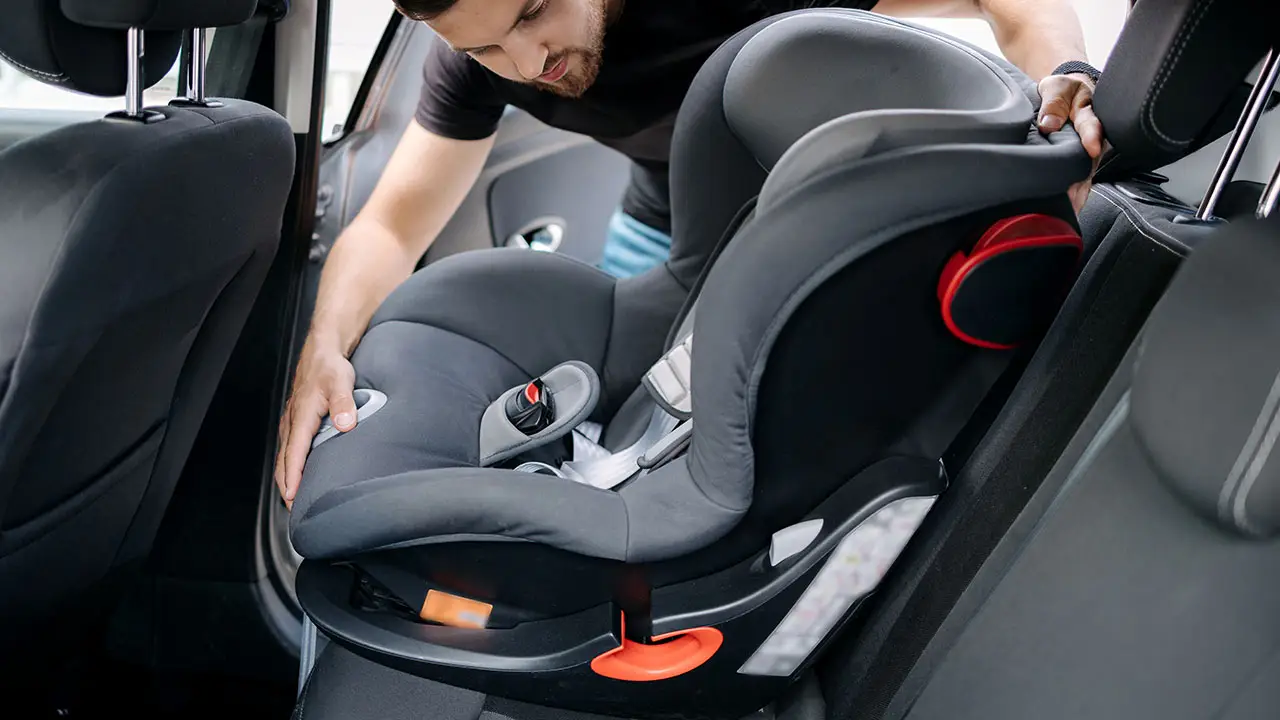
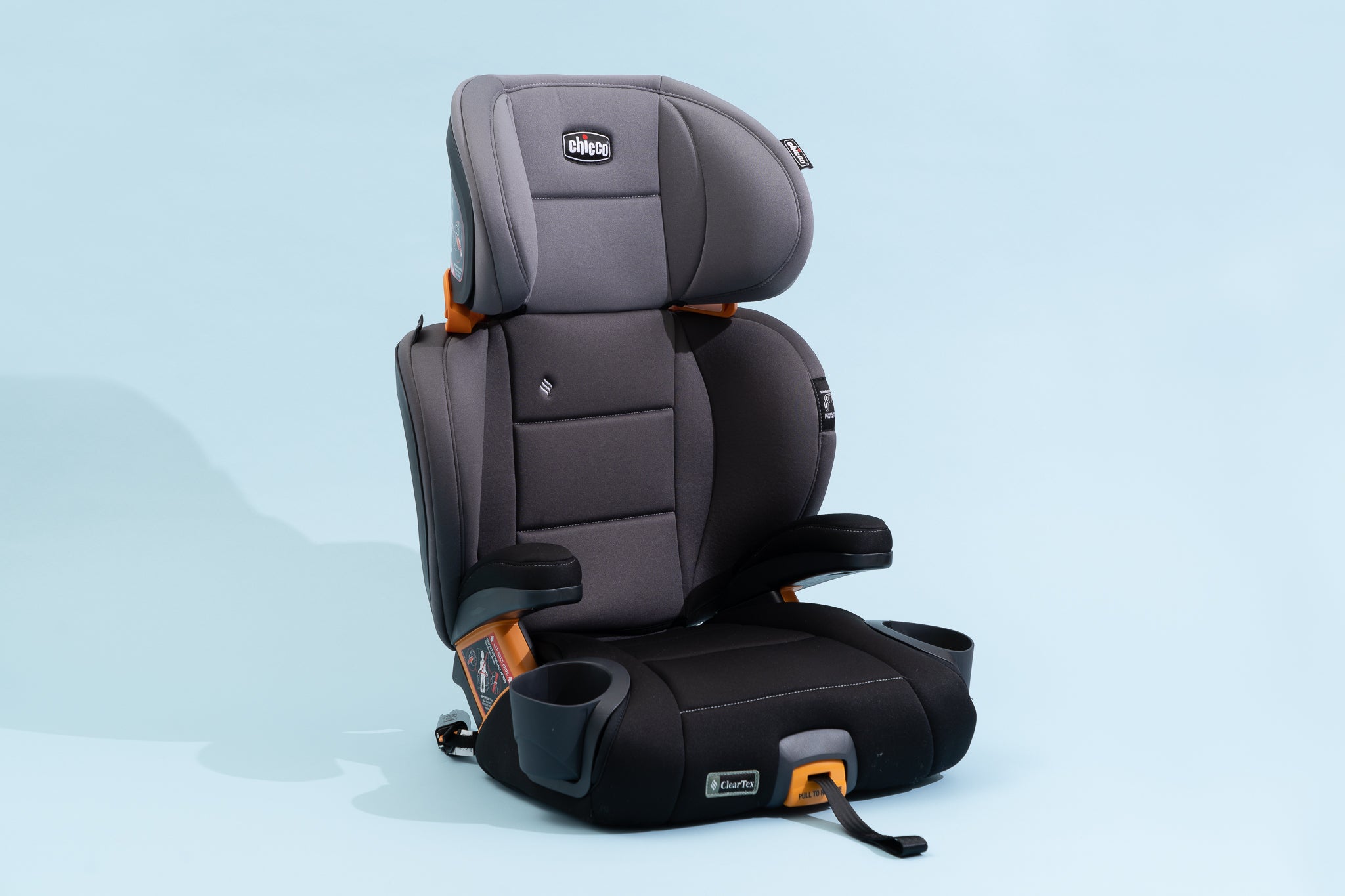
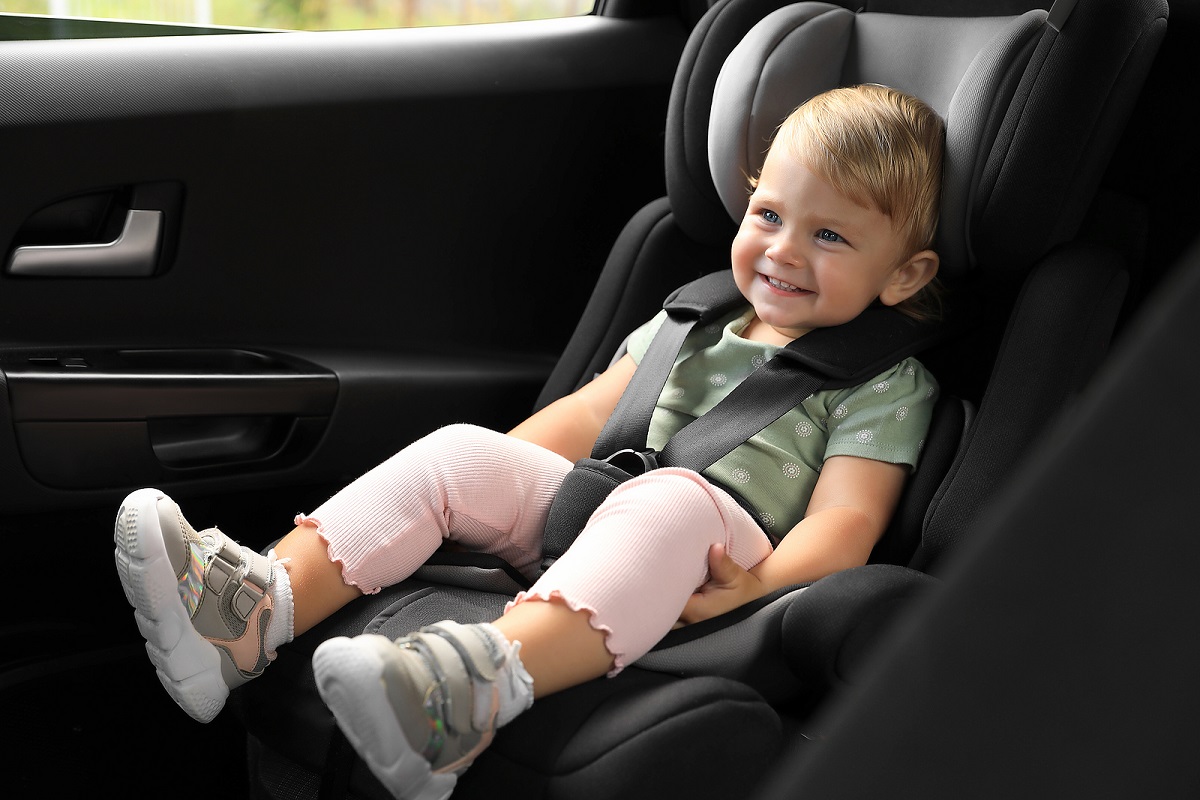
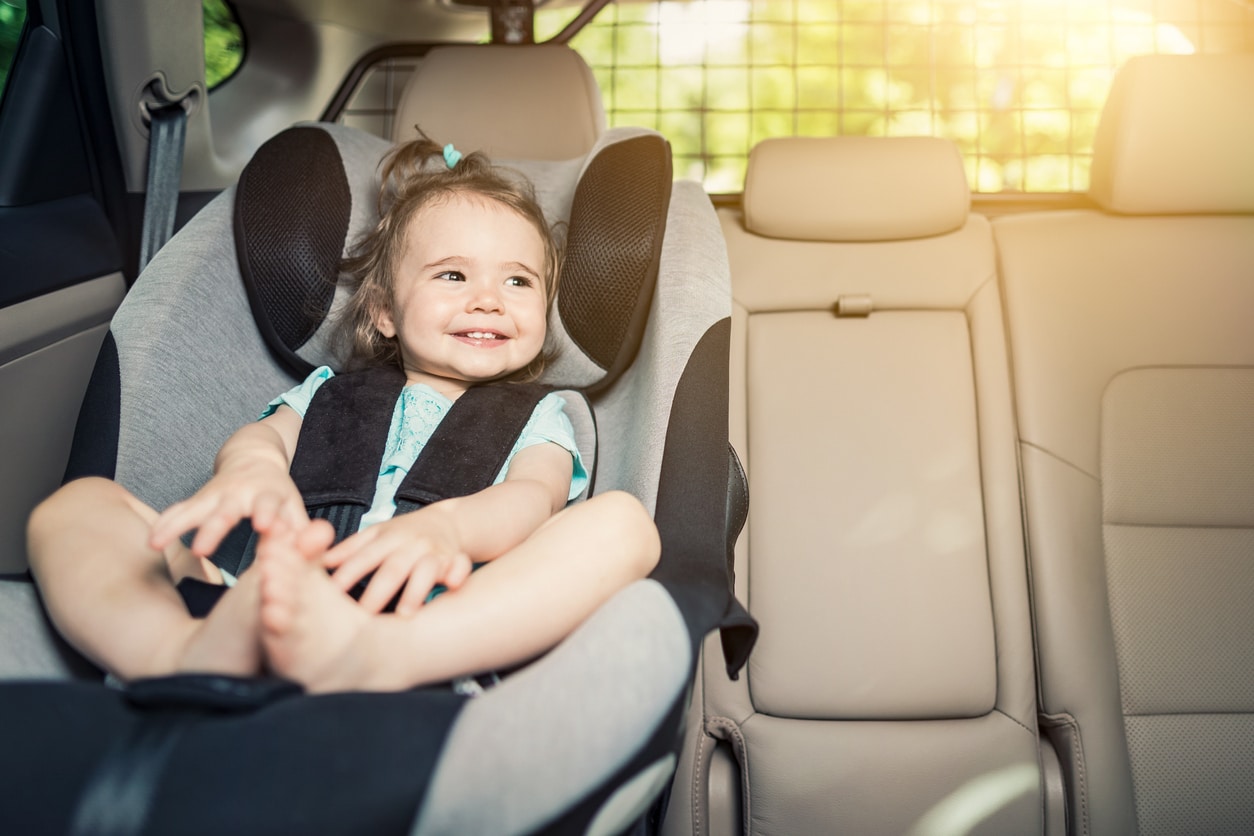
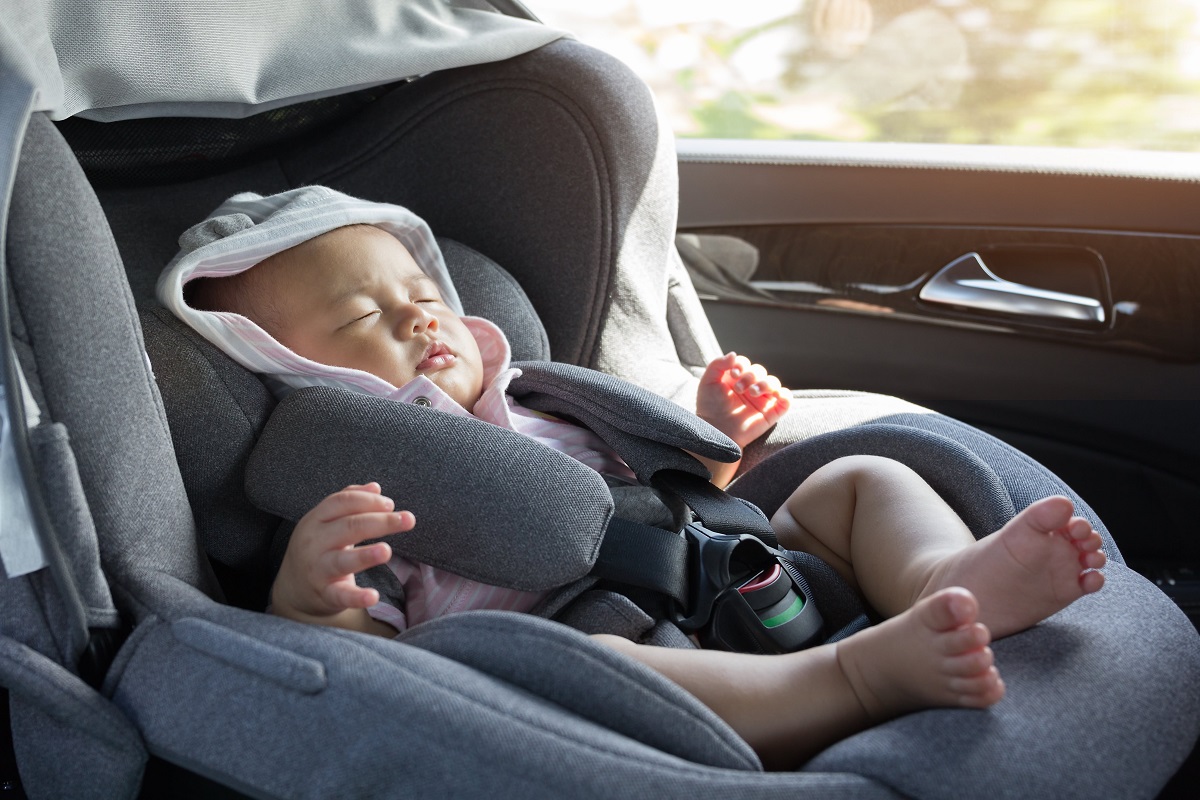
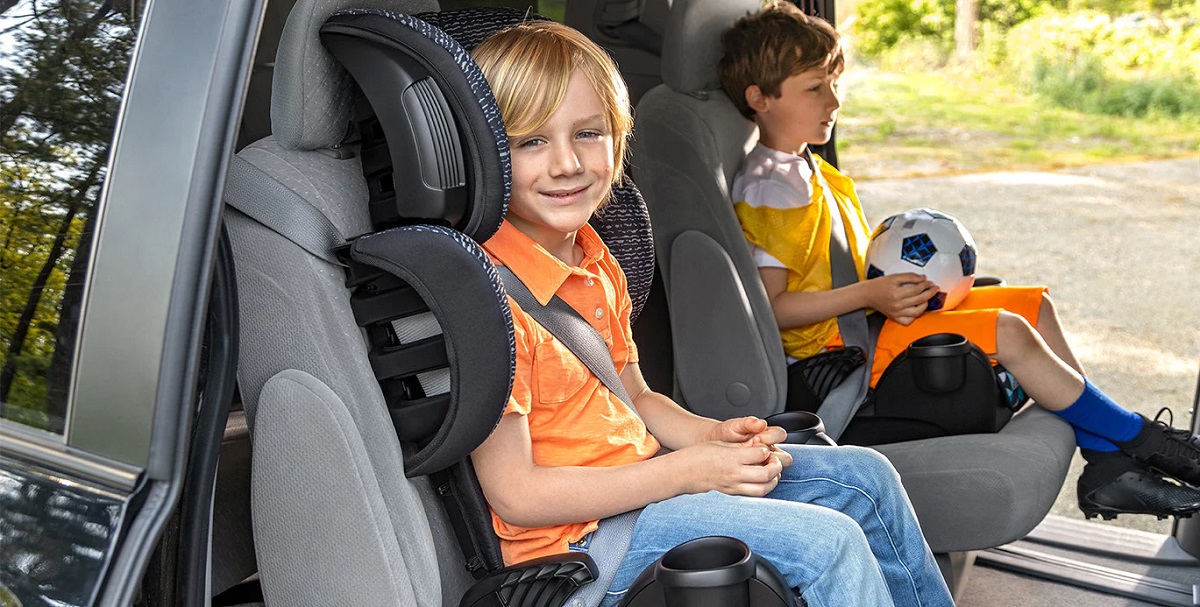
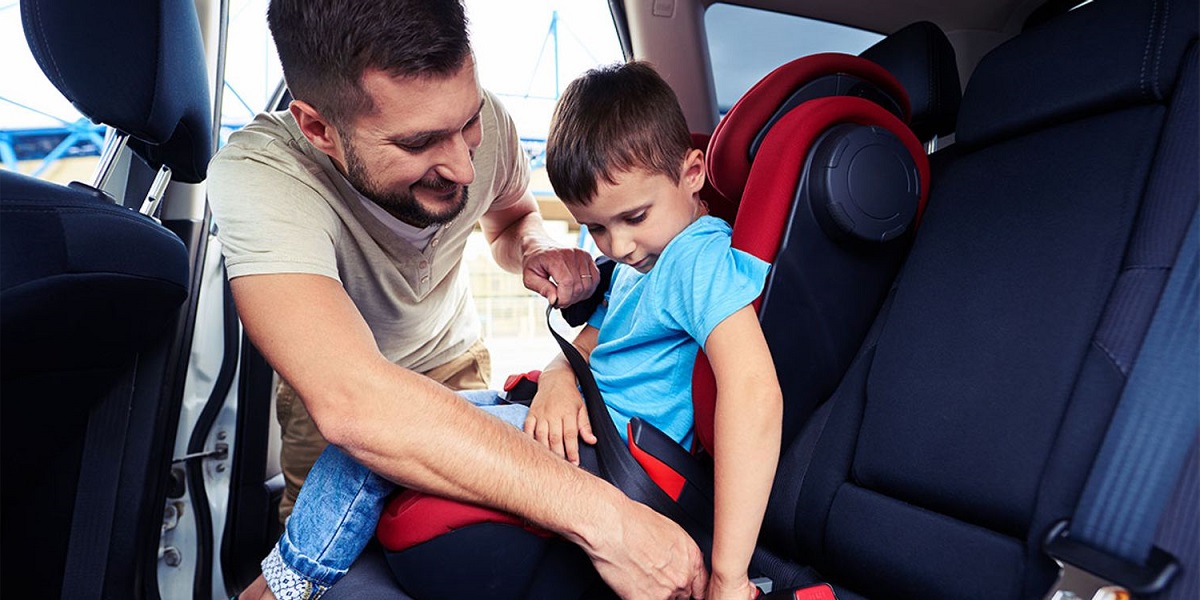
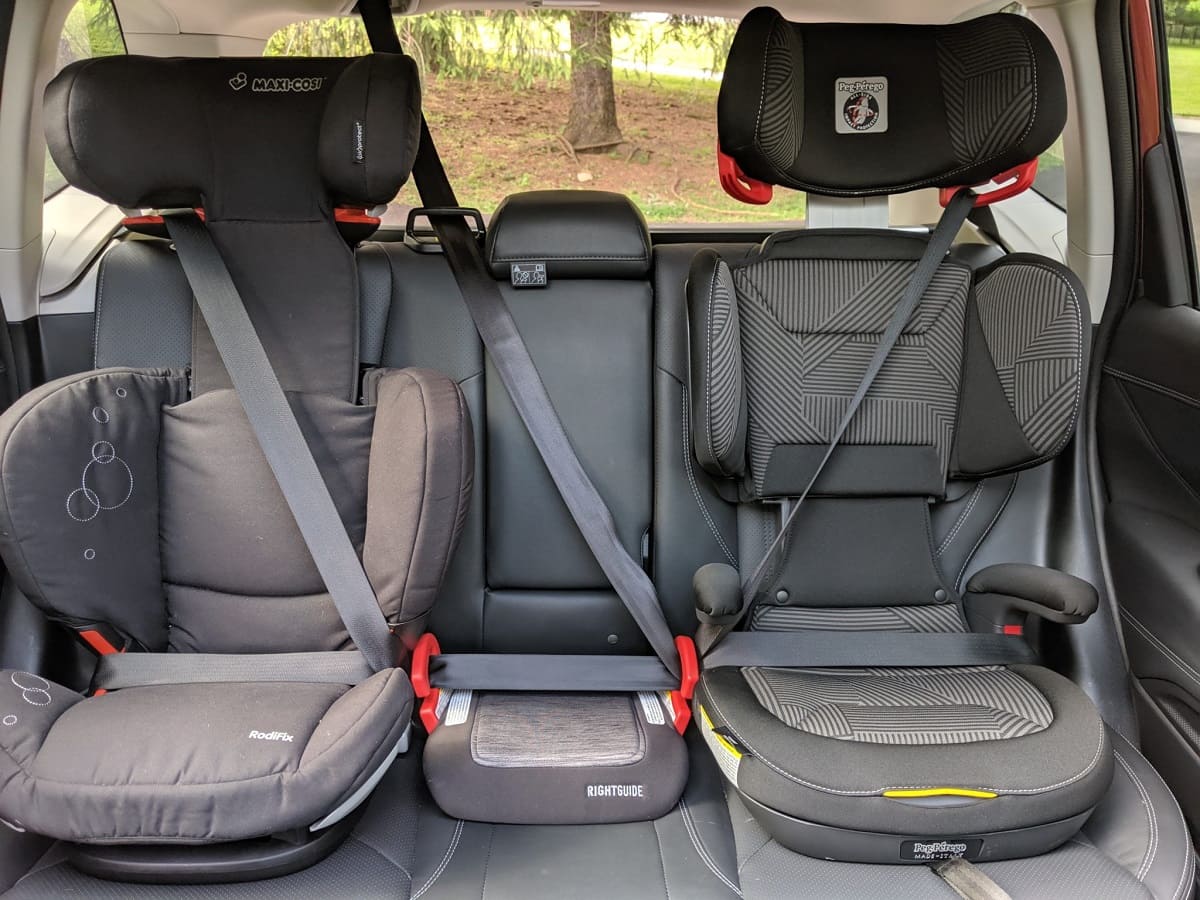
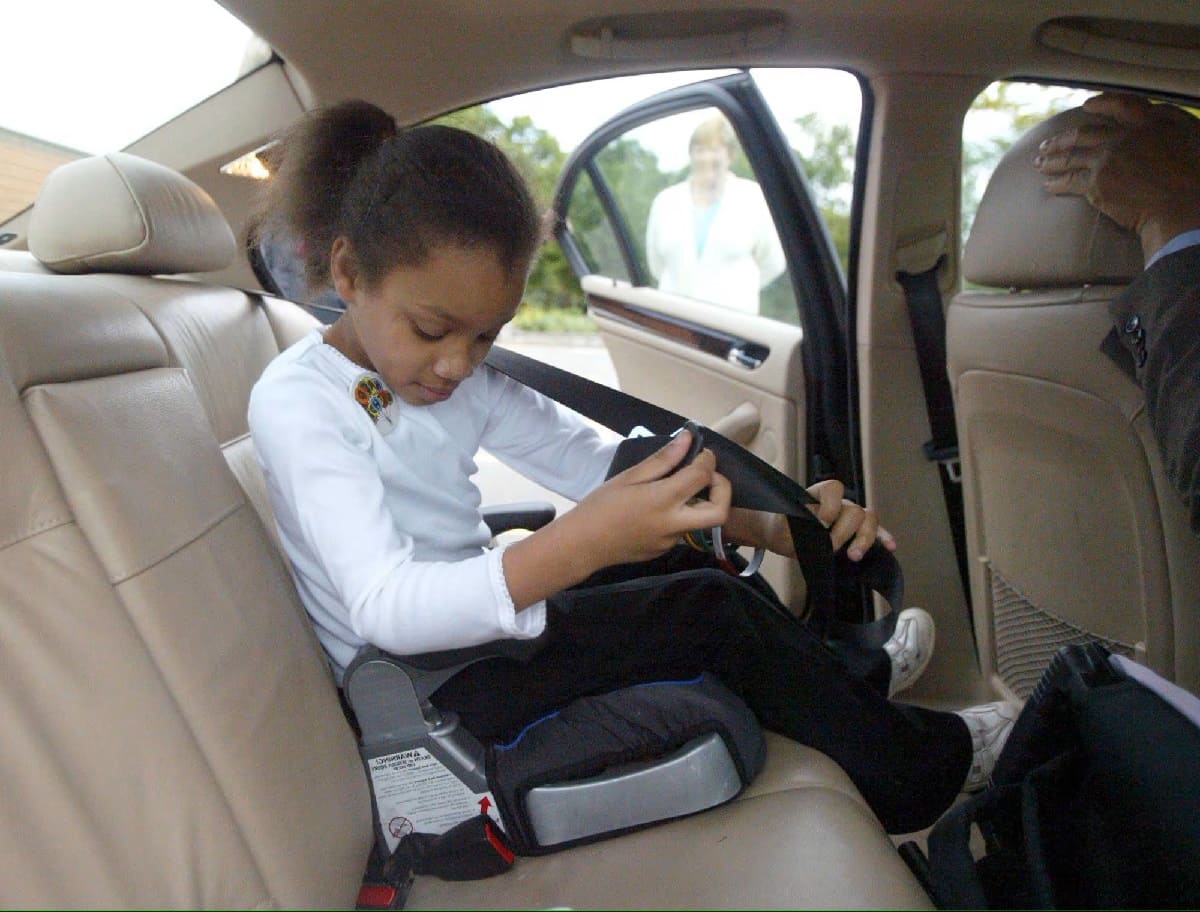

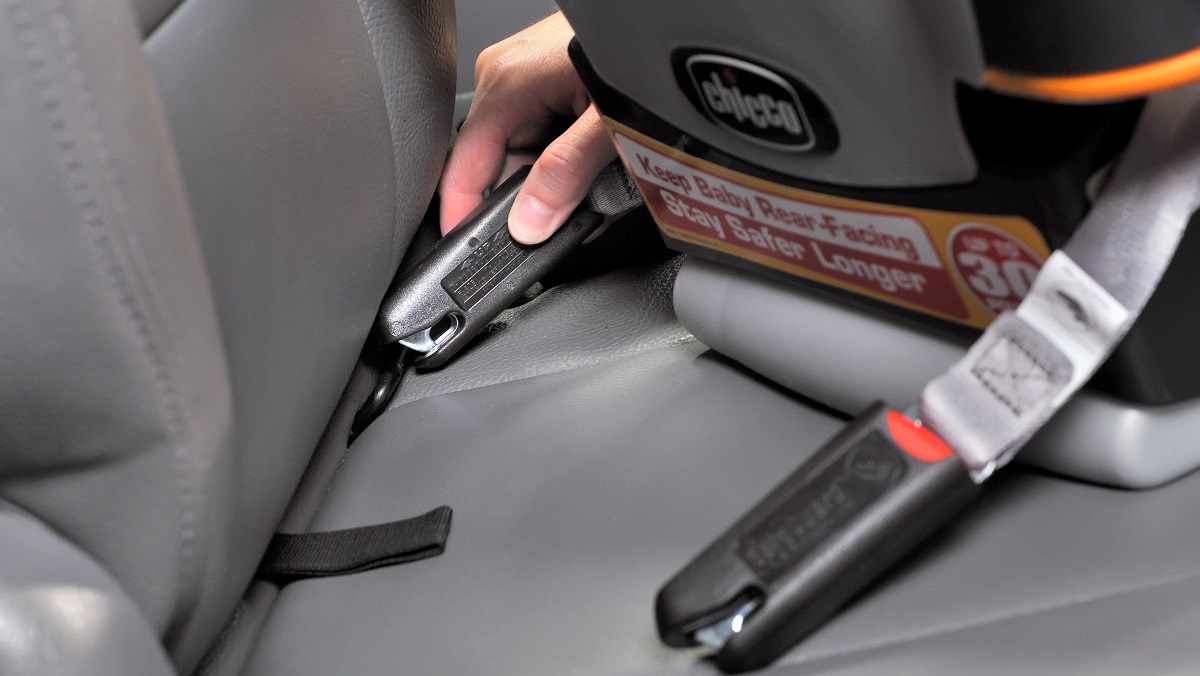
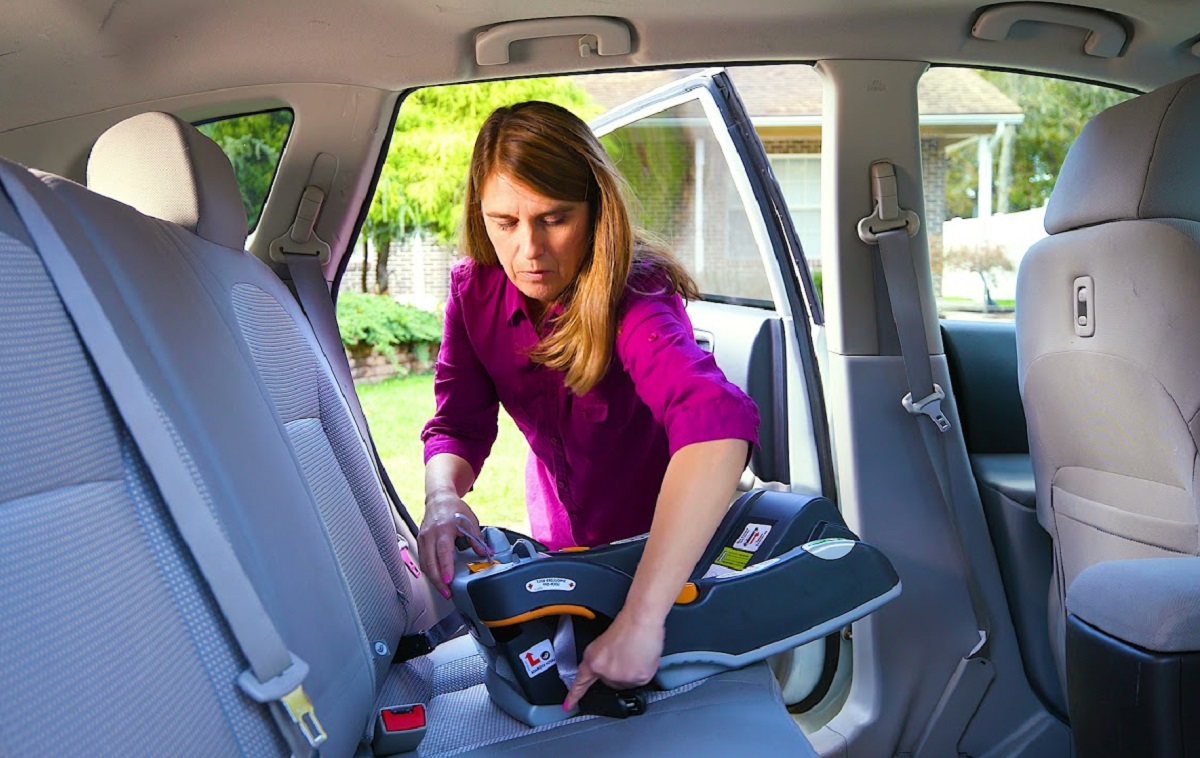
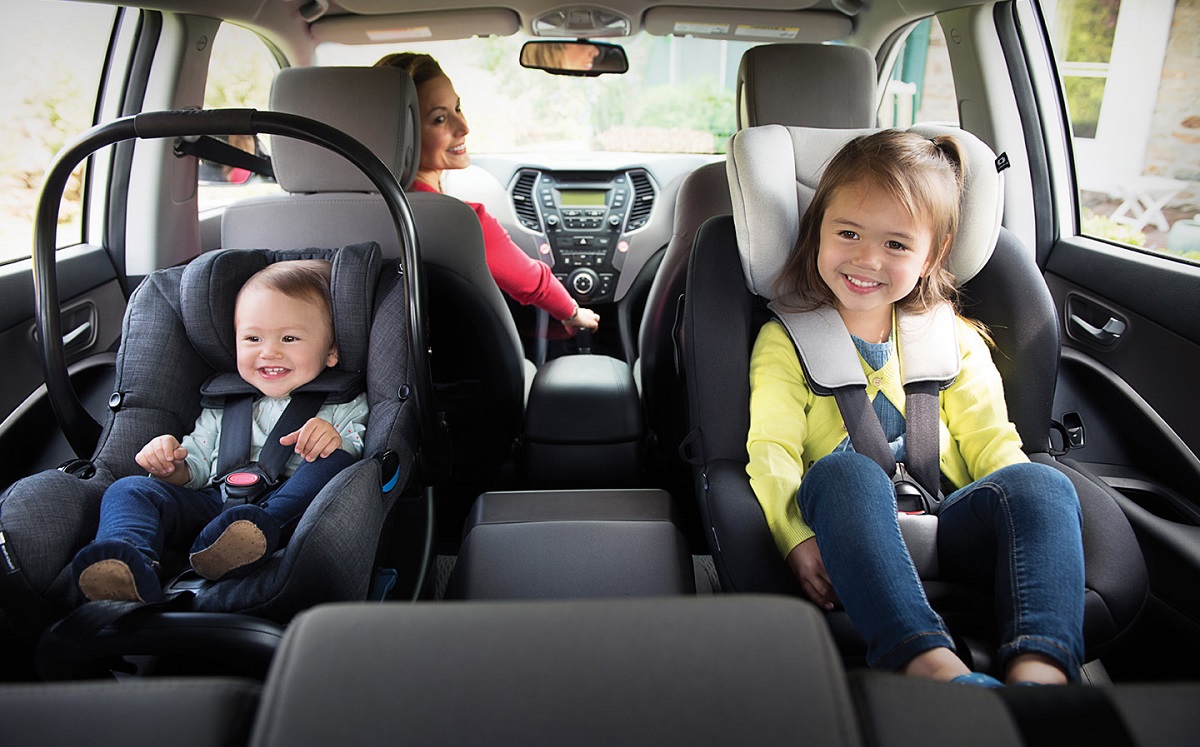
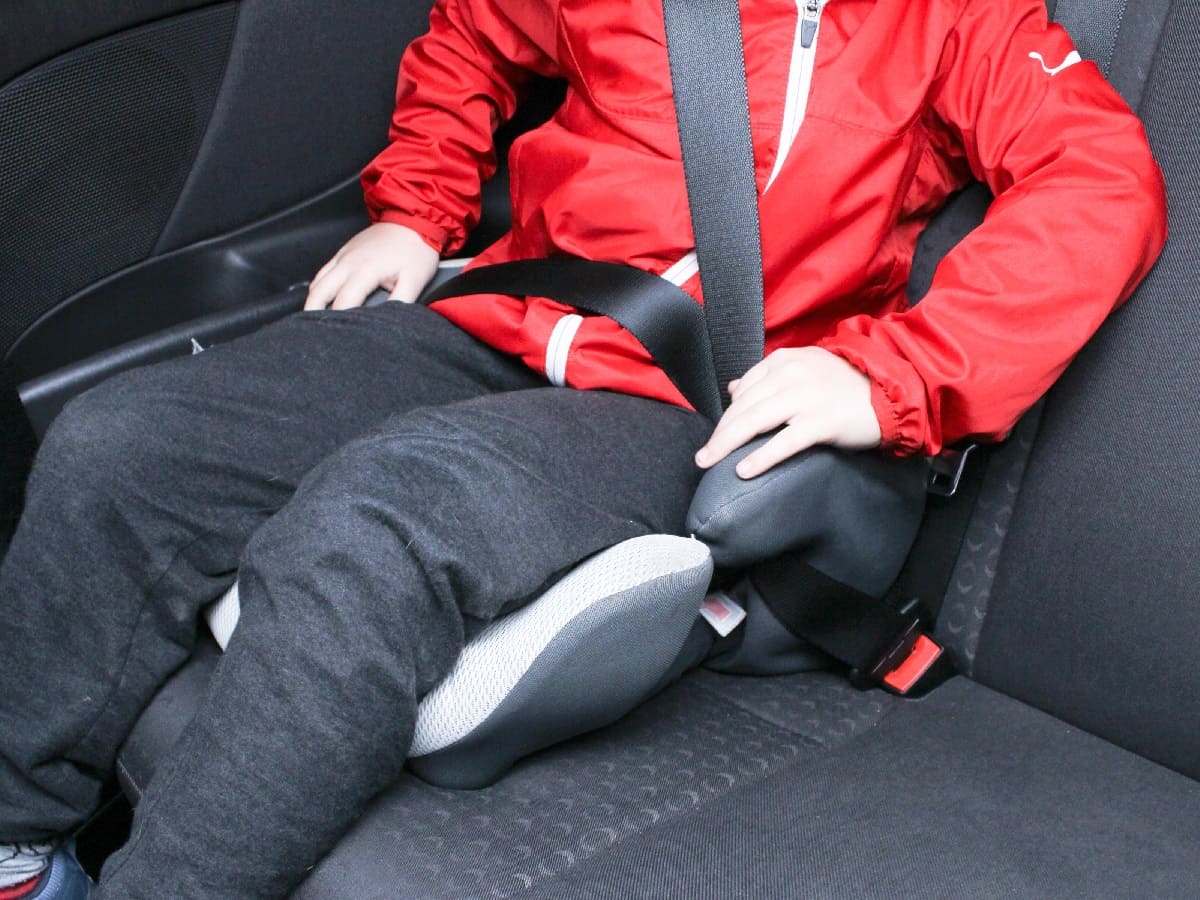
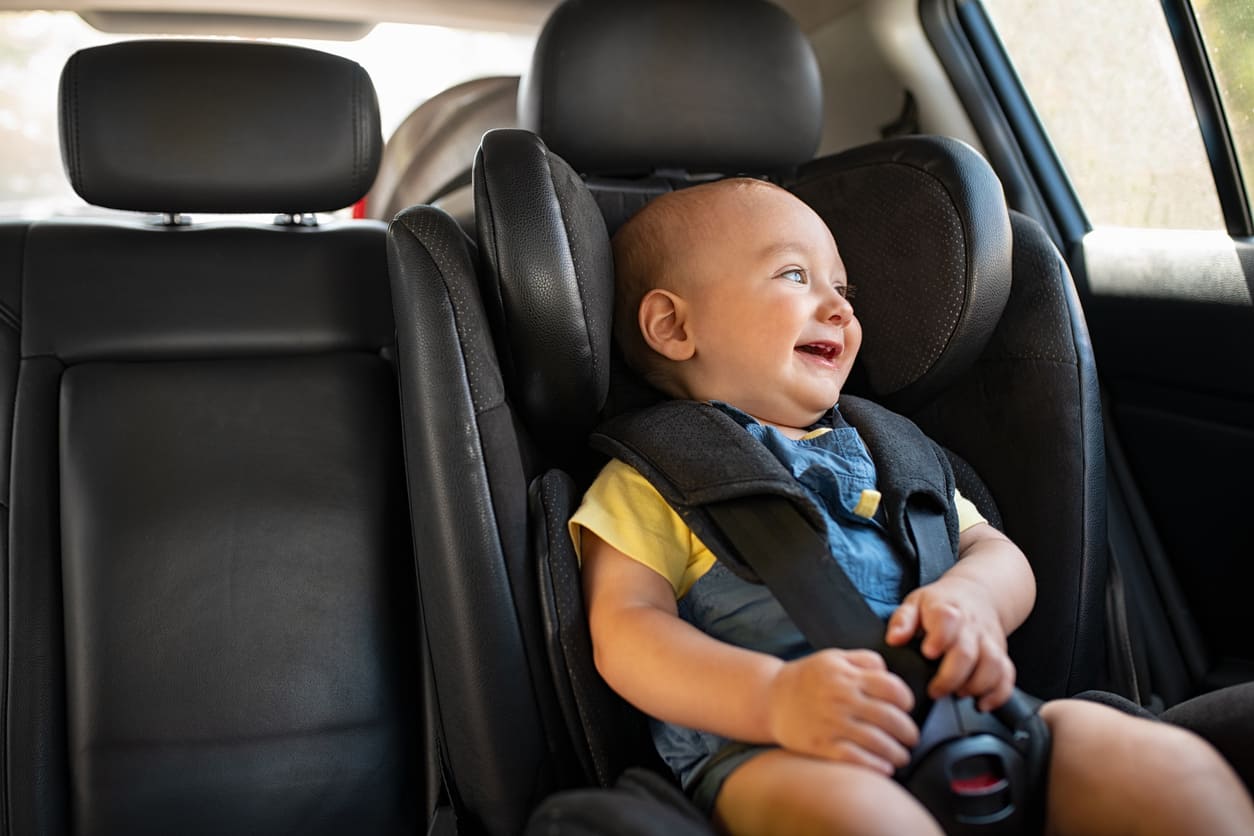

0 thoughts on “What Are The Height And Weight Requirements For A Booster Seat”